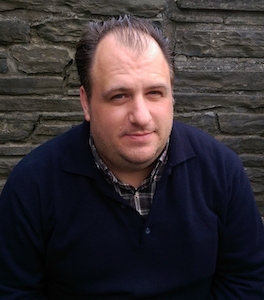Abstract:
Recent experiments on non-covalent interactions at the nanoscale have challenged the basic assumptions of commonly used particle- or fragment-based models for describing van der Waals(vdW) or dispersion forces. In the first part of this talk, we demonstrate that a qualitatively correct description of the vdW interactions between polarizable nanostructures over a wide range of finite distances can only be attained by accounting for the wavelike nature of charge density fluctuations. By considering a diverse set of materials and biological systems with markedly different dimensionalities, topologies, and polarizabilities, we find a visible enhancement in the non-locality of the charge density response in the range of 10 to 20 nanometers. These collective wavelike fluctuations are responsible for the emergence of non-trivial modifications of the power laws that govern non-covalent interactions at the nanoscale.
Despite the importance of porous two-dimensional (2D) molecules and materials in advanced technological applications, the question of how the void space in these systems affects the vdW scaling landscape has been largely unanswered. In the second part of this talk, we present a series of analytical and numerical models demonstrating that the mere presence of a pore leads to markedly different vdW scaling across non-asymptotic distances, with certain relative pore sizes yielding effective power laws ranging from simple monotonic decay to the formation of minima, extended plateaus, and even maxima. These models are in remarkable agreement with first-principles approaches for the 2D building blocks of covalent organic frameworks (COFs), andreveal that COF macrocycle dimers and periodic bilayers exhibit unique vdW scaling behavior that is quite distinct from their non-porous analogs. These findings extend across a range of distances relevant to the nanoscale, and represent a hitherto unexplored avenue towards governing the self-assembly of complex nanostructures from porous 2D molecules and materials.
Speaker:
Institution:
Location:

